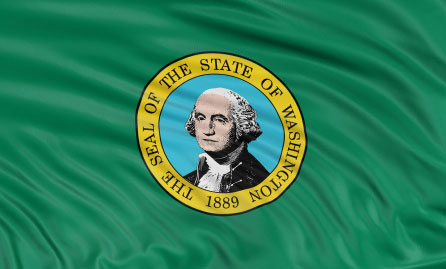Student Loans
Student Loans
College Loan Benefits
Applying for Loans
Choosing a Lender
Compare Loans
Borrowing Amount
Government Loans
Federal Loans
Government Loans
Stafford Loans
Perkins Loans
Federal Direct Loans
Low Interest Loans
Fed Loan Distribution
State Student Loans
Alternative
Alternative
Parent PLUS Loans
Graduate PLUS Loans
Home Equity
Major Lenders
Loan Organizations
Private Student Loans
ACS Student Loans
NelNet
Sallie Mae
Signature Loans
Loan Consolidation
Loan Consolidation
Consolidation Benefits
Consolidation for Graduate Students
Loan Repayment
Repayment Options
Loan Grace Period
Student Loan Discounts
Loan Cancellation
Student Loan Precautions
Loan Forgiveness
Defaulted Loans
Getting Out of Default
Loan Deferment
Loan Forbearance
If you're part of a Washington State family planning a financial strategy for college, or a current college student eager to mine new sources of funding, begin with the Access Washington site which provides a set of guidelines to help you transition from high school to college successfully. Access Washington provides lists of institutions you can attend in-state and specialized programs in which you can enroll, plus a handy list of resources on ways to fund your Washington college experience.
Then as a next step, consult Washington's higher education agency. The Washington Student Achievement Council (WSAC) is a clearinghouse for all resources related to college student loans and financial aid available for state residents. While the agency is not a direct provider, you will find trustworthy information, online applications for the federal student loan program, plus comprehensive and up to date details on all the possible aid programs.

The government provides these loans as part of what it calls an "award package," a sample of which appears on this page. As you can see, the package begins with your education's cost of attendance minus your family's contribution and any third-party financial aid. To offset the remaining cost, you see a list of various types of aid, plus Direct Loans. Direct Loans include:
You can qualify for federal aid when you complete the FAFSA (Free Application for Federal Student Aid), available via the WSAC website along with tips for filling it out. Here's an extra incentive to file FAFSA: most other types of financial aid and education loan programs require you to have filed for your federal loans first.
A few special loan programs available from the state of Washington include those sometimes known as "incentive” loans:
Remember, private student loans should be your last choice, because private lenders will never offer the same low interest and flexibility as federal and state loans. A few tips:
For more information on student loans in the state of Washington, visit the WSAC website.